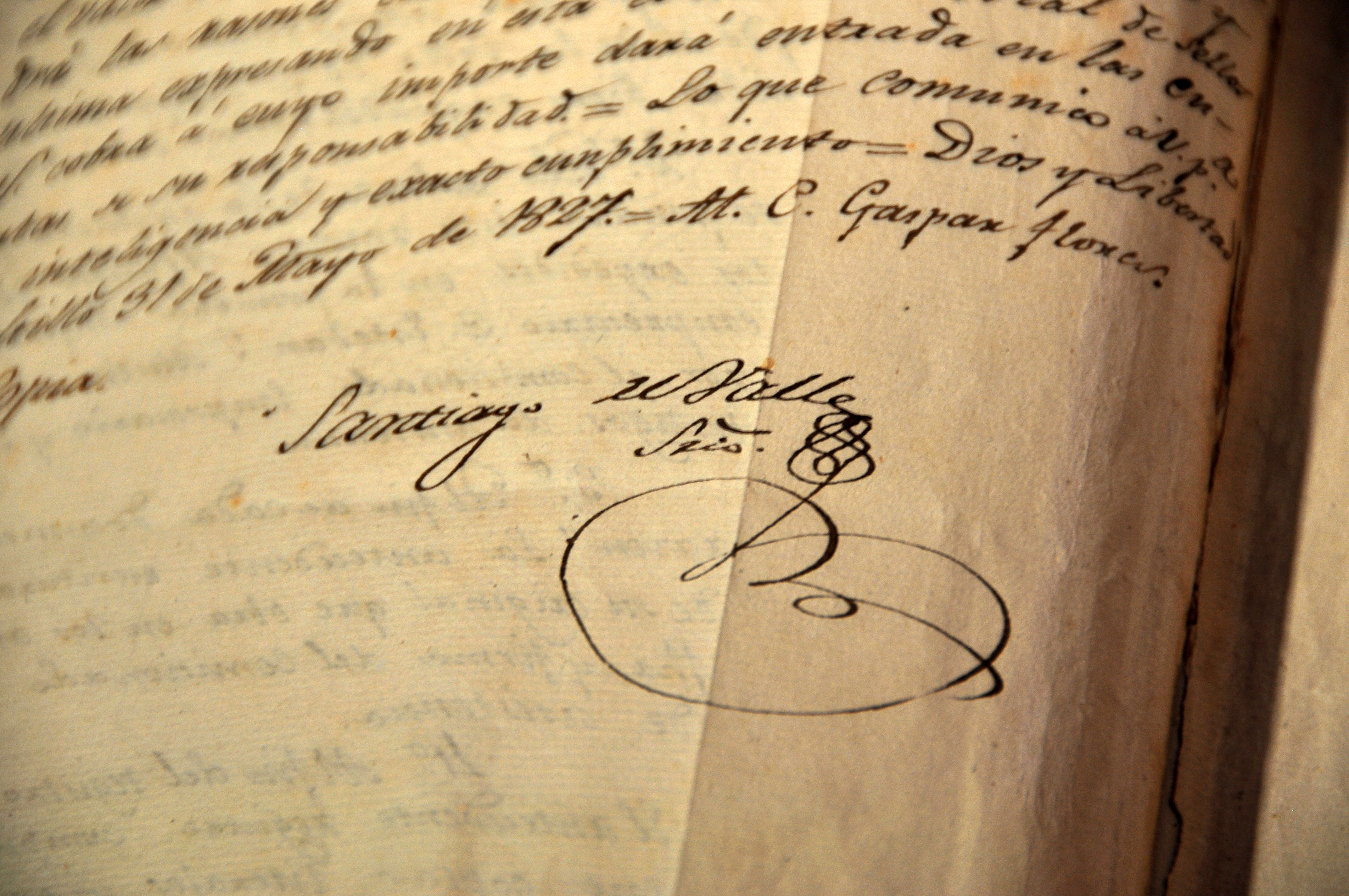County/Region:
Coastwide
Project Partner/Recipient:
General Land Office
Summary:
County/Region:
Chambers
Project Partner/Recipient:
Railroad Commission of Texas
Summary:
The Railroad Commission of Texas completed the plugging of one to three wells in Texas offshore and bay waters. The first well plugged was in Chambers County.
County/Region:
Coastwide
Project Partner/Recipient:
Texas General Land Office
Summary:
This project compiled aerial viewpoint data of the entire coast in order to accurately map changes that have taken place over the past ten years.
County/Region:
Coastwide
Project Partner/Recipient:
Texas A&M University - Sea Grant College Program
Summary:
Texas SeaGrant organized a Coastal Applied Research Summit where the Coastal Applied Research Review Team discussed coastal applied research within the state and how best to engage the research community in the coastal management process.
County/Region:
Lower Coast
Project Partner/Recipient:
Texas A&M University - AgriLife Extension Service
Summary:
Texas Agricultural Extension Service developed and implemented a coastal bend bays and estuaries youth education and leadership program called Coastal Bay Ambassadors.
County/Region:
Coastwide
Project Partner/Recipient:
Texas A&M Corpus Christi - Harte Research Institute (HRI)
Summary:
Texas A&M University - Corpus Christi updated the Resource Management Codes and provided data for coastal resource management planning using data collection and mapping.
County/Region:
Coastwide
Project Partner/Recipient:
Texas A&M University at Galveston
Summary:
County/Region:
Coastwide
Project Partner/Recipient:
Texas Parks & Wildlife Department
Summary:
Texas Parks and Wildlife Department (TPWD) developed and implemented Coastal Expos state-wide by hiring a Coastal Expo coordinator to develop a protocol for hosting Coastal Expos based upon TPWD pilot experience.
County/Region:
Project Partner/Recipient:
Texas Water Development Board
Summary:
County/Region:
Coastwide
Project Partner/Recipient:
Texas A&M University - Corpus Christi
Summary:
Texas A&M University - Corpus Christi acquired historical data, including aerial photography, and formatted it for introduction into the database and CHRGIS system.
County/Region:
Lower Coast
Project Partner/Recipient:
University of Texas Bureau of Economic Geology (UTBEG)
Summary:
The University of Texas produced a Coastal Hazards Atlas of Texas, which was needed by local governments and others concerned about responsible development, environmental protection, and emergency preparedness.
County/Region:
Upper Coast
Project Partner/Recipient:
University of Texas Bureau of Economic Geology (UTBEG)
Summary:
The University of Texas developed a Coastal Hazards Atlas of the Galveston Bay area.
County/Region:
Upper Coast
Project Partner/Recipient:
University of Texas Bureau of Economic Geology (UTBEG)
Summary:
County/Region:
Lower Coast
Project Partner/Recipient:
University of Texas Bureau of Economic Geology (UTBEG)
Summary:
The University of Texas at Austin developed a Coastal Hazards atlas of the area from Baffin Bay to the Rio Grande. The atlas information is needed by coastal planners and those concerned about responsible development and emergency preparedness.
County/Region:
Project Partner/Recipient:
Houston Advanced Research Center
Summary:
County/Region:
Project Partner/Recipient:
General Land Office
Summary:
County/Region:
Coastwide
Project Partner/Recipient:
Marmillion + Company
Summary:
Marmillion + Company highlighted and promoted the economic and ecologic features along the Texas coast and to identify the primary issues of concern that threaten its sustainability.
County/Region:
Coastwide
Project Partner/Recipient:
Marmillion + Company
Summary:
Marmillion + Company highlighted and promoted the economic and ecologic features along the Texas coast and identified the primary issues of concern that threaten its sustainability to develop a Texas coastal and marine spatial plan.
County/Region:
Matagorda
Project Partner/Recipient:
Texas R.I.C.E
Summary:
Texas R.I.C.E. restored and created approximately 300 acres of wetlands and restored up to 400 acres of native grasslands.








